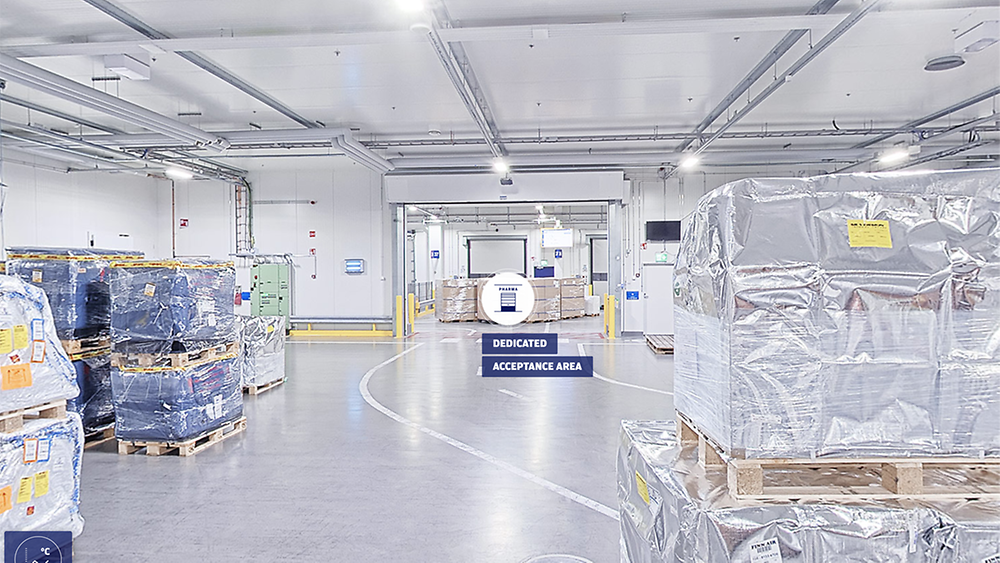Cargo news


The pharma acceptance process that means life-saving medicines travel safely
Finnair was the first airline in the world to achieve IATA’s prestigious CEIV pharma certification. It binds the airline to a set of standards for the carriage and storage of life-saving medicines and it means manufacturers can be assured that their valuable products will stay in perfect shape during transportation.
The programme addresses the pharma industry’s need for more safety, security, compliance and efficiency by setting globally consistent and recognised pharmaceutical product handling standards. According to IATA, it was principally developed by the industry for the industry.
One of the CEIV pharma programme pillars is to prevent temperature excursions during transportation and one way to achieve this is having a controlled space dedicated to the transfer of temperature-sensitive pharma products from trucks into the COOL cargo terminal at Helsinki airport.
From the pharma acceptance area products move into the large dedicated 3000m² pharma-only storage area in the terminal. Once the medicines and drugs have passed the acceptance checks and crossed the security line they’re ready to be flown in the bellies of Finnair’s passenger aircraft all over the world.
Below you’re going to get a great intro to the most important details about this hidden process that keeps medicines safe and pharma shippers and forwarders satisfied.
What’s the purpose of a dedicated acceptance area for pharma?
- To ensure that steady temperatures are maintained in the terminal. By having external pharma-specific doors that open into the acceptance area and not the temperature-controlled pharma storage area in the terminal it means there are not temperature fluctuations caused by outside conditions.
- To verify the temperatures of the incoming shipments. When a vehicle arrives to drop off pharma it is at that point that a temperature gun is used to record the temperature of the storage space inside the delivery vehicle.
- To identify shipments that could be subject to a temperature excursion. Incorrect storage conditions in the delivery vehicle is one reason a pharma shipment might be rejected, and damaged packaging is another way a temperature excursion can occur.
- To take immediate action at the handover point in the case of irregularity. If a forwarding company has brought pharma that is in some way not compliant with the standards it will not be automatically accepted into the COOL terminal.
What happens when the acceptance checks are complete?
When the process of checks in the acceptance area is complete, a shipment is marked as:
- Fully compliant
- Not fully compliant
- Not compliant
If it is fully compliant, as it is in the majority of cases, then it continues through the doors into the pharma storage area into a room set to meet its specific temperature requirements.
And if full compliance is not met then a customer-centric process swings into action straight away, which we’ll tell more about in another article.
What conditions does a shipment need to fulfil to be passed fully compliant?
- It arrived in a sealed, temperature-controlled vehicle.
- The temperature inside the vehicle was within the correct range.
- It was transferred immediately to the warehouse after the first leg.
- It comes with the required IATA pharma labelling.
- It has a temperature code
- It was booked showing the correct special handling (SPH) code.
- There is no damage to the outer package.
- All irrelevant markings and labels are removed.
- It comes with a 24-hour emergency contact number.
What happens to the pharma next?
Pharma that is fully compliant will be stored in one of three temperature-controlled spaces that together comprise the 3000m² dedicated pharma area of the COOL terminal. It will be monitored by digital sensors and alarms and not long after arriving it will continue on its journey under the feet of passengers in the cargo hold of an Airbus.